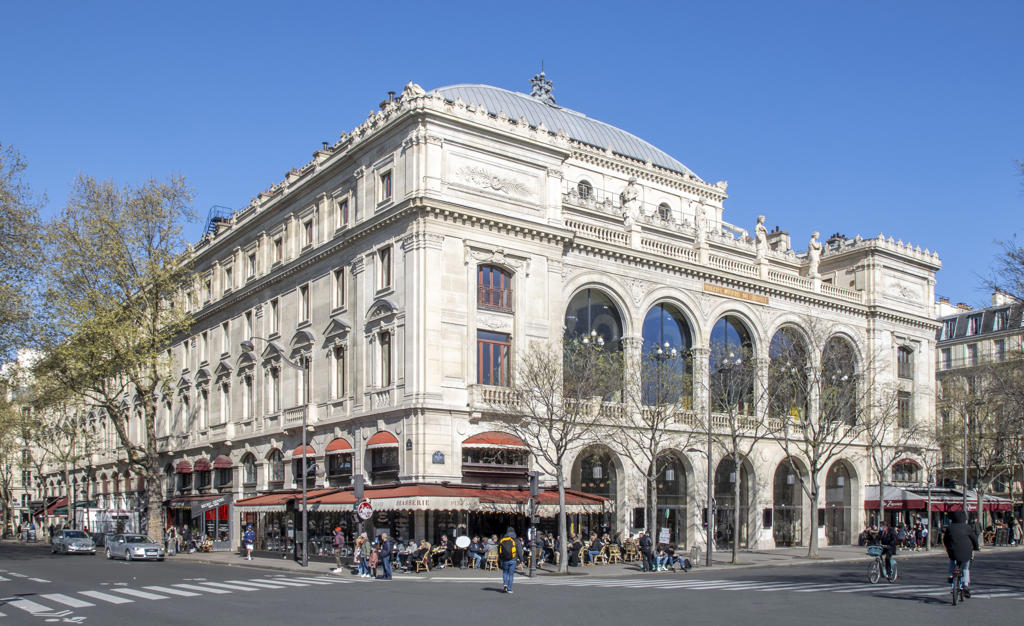About Théâtre du Châtelet
The Théâtre du Châtelet’s grand façade rises with elegance, blending classical and Renaissance styles. Its arched windows and intricate stone carvings reflect 19th-century architectural mastery. The building’s symmetry and decorative details draw the eye, while its central location near the Seine places it at the heart of Parisian culture. Inside, the theater’s gilded interiors and plush red seating create an atmosphere of opulence, perfect for the performances it hosts.
History of the Théâtre du Châtelet
Opened in 1862, the Théâtre du Châtelet was designed by architect Gabriel Davioud as part of Baron Haussmann’s transformation of Paris. Originally built to host operas and large-scale productions, it quickly became a cultural landmark. Over the years, it has adapted to changing tastes, hosting everything from classical music to modern theater. Its history mirrors Paris’s evolution as a global center for the arts.
Plan your perfect trip to Paris with Travo! Download now and start exploring.
Artistic Legacy
Many legendary performances have graced the Théâtre du Châtelet’s stage. From the works of Wagner to contemporary musicals, the venue has showcased a wide range of artistic expression. It is particularly known for its annual operetta productions and collaborations with international artists. The theater’s commitment to innovation ensures that it remains a vital part of Paris’s cultural scene.
Architectural Details
The building’s design reflects the grandeur of 19th-century Paris. Notice the Corinthian columns and ornate cornices that frame its façade. Inside, the sweeping staircases and crystal chandeliers evoke a sense of timeless elegance. The acoustics of the auditorium are carefully crafted, allowing every note to resonate beautifully, making it a favorite among performers and audiences alike.
Modern-Day Significance
Today, the Théâtre du Châtelet continues to be a hub for artistic innovation. It hosts a diverse program, including dance, concerts, and experimental theater. Its central location makes it a popular destination for both locals and tourists. The theater also engages in outreach programs, bringing the arts to new audiences and ensuring its legacy as a cultural institution.
Details That Speak
Look closely at the sculptures adorning the façade; they represent muses and allegories of the arts, celebrating creativity and inspiration. Inside, the intricate ceiling paintings depict scenes of mythology and music, connecting the venue’s physical beauty to its artistic purpose. Every detail, from the velvet curtains to the carved woodwork, tells a story of Paris’s dedication to the arts.

Map loading...
Location
Place du Châtelet, 75001, Paris
